|
From 13-16 August 2018 about 25 terrestrial scientists gathered in Ny-Ålesund for the Terrestrial Flagship Meeting, funded by the Svalbard Science Forum. The aim of the workshop was to increase cooperation in measurements, data use, publications, study sites and experimental manipulations amongst terrestrial scientists studying tundra or lakes in the Ny-Ålesund/Kongsfjord area. It was a very fruitful meeting, with many interesting conversations and possible new collaborations... and hopefully resulting in a review paper from the terrestrial science happening in what is probably the most intensely studied area in the Arctic!
1 Comment
Fieldwork in western Greenland on microbially-mediated uptake of organic N by plants from soil3/9/2018 In July 17-27 Dr. Kevin Newsham and I visited the Arctic Station on Disko Island on Western Greenland, where we studied plant root colonisation by fungi. We studied the effect of habitat wetness (swampy conditions or on top of hummocks) and the effect of winter snow conditions on the amount of fungi present in the roots. We will soon conduct additional labwork on nutrient transfer by fungi into the plant roots. Below some pictures of the field- and lab-work. Hopefully more results to show soon! Methane oxidation in soils from sub-Antarctic South Georgia Island Two multidisciplinary Master thesis projects are proposed and can be initiated as soon as possible. We seek students with a key interest in cold region biogeochemistry including greenhouse gas fluxes and in microbial ecology and molecular analyses of bacterial communities. The project is a collaboration project between British Antarctic Survey (BAS) and University of Copenhagen/Center for Permafrost (CENPERM). See the announcement here: https://cenperm.ku.dk/news/msc-projects-announcement/
Background Many computer models describing high latitude carbon (C) dynamics have focused on wetland areas, as they form the largest source of the greenhouse gas methane (CH4) and may therefore act as a positive climate feedback mechanism. However, the role of dry ecosystem types, such as upland mineral soils and polar deserts, in the global C budget is often overlooked despite that such habitats dominate the high latitude regions. Recent laboratory and field studies show that high latitude dry ice-free ecosystems act as a substantial CH4 sink due to the presence and activity of bacterial communities oxidizing atmospheric CH4 at high rates. Furthermore, it has been observed that CH4 oxidation rates may increase with increasing air temperature. Improved knowledge on the rates, drivers and spatial distribution of CH4 oxidation in high latitude areas is now critical for optimizing, parameterizing and validating mechanistic and climatic models, which help to predict global present and future climate scenarios. Project We are interested in testing the CH4 oxidation potential of upland mineral soil from sub-Antarctic South Georgia Island under controlled conditions in the laboratory (e.g.different climatic conditions and nutrient levels) and relate the measured C (CH4 and carbon dioxide (CO2)) fluxes to the soil type and microbial community at the site. The microbial community will be assessed using Next Generation Sequencing (NGS) of 16S rRNA gene amplicons (a marker used for identifying bacterial and archaeal diversity), fungal ITS2 amplicons, and possibly of the pmoA gene, which is a marker for CH4-oxidizing bacteria. Soil samples have been collected during the austral summer 2017/2018 on South Georgia Island. The site has been chosen based on field measurements, which showed very high CH4 oxidation rates comparable to those measured in upland Arctic and temperate soil ecosystems. The results will contribute to a larger project, which will include observations from Svalbard and Greenland, in order to better understand and upscale the spatial distribution of atmospheric CH4 oxidation at high latitude areas. It will also improve the knowledge of the distribution of the microbial communities involved in methane oxidation. We are looking for two motivated candidates, who are interested in carrying out soil incubations experiments and molecular laboratory techniques. Soil incubations will take place at CENPERM, while molecular work will take place at the Section of Microbiology, Department of Biology, both situated at University of Copenhagen. Please contact: If you are mainly interested in molecular laboratory techniques: Elise Biersma [email protected] or Anders Priemé [email protected] or if you are mainly interested in soil incubations: Ludovica D'Imperio [email protected] or Bo Elberling [email protected]
Schistidium reveals an old evolutionary history on the continent In a recent phylogenetic study we assessed the diversity, richness and relative age divergences within the moss genus Schistidium (Fig. 1). It is the most species-rich plant genus in the Antarctic, as well as the plant genus containing most Antarctic endemic species. It is therefore a particularly interesting genus to investigate for possible long-term in situ persistence. The phylogenetic analyses revealed that most previously described Antarctic Schistidium species were genetically distinct, confirming the validity of at least seven of the thirteen currently recognized Antarctic species. The molecular dating analyses suggested that all divergences between species took place at least ~1 Mya, suggesting a likely in situ persistence in Antarctica for (at least) all endemic Schistidium species (Fig. 2). This provides a valuable contribution to studies on the adaptive potential of Antarctic plants to survive climate change (throughout both warmer and colder conditions) over both historical and contemporary timescales. Fig. 2. Molecular dating analyses showing a phylogenetic tree with estimated divergence times between and within different Antarctic Schistidium species.Timescales for different rates are shown and are based on previously calculated nuclear substitution rate from (a) Polytrichaceae mosses, and (b) flowering plants. For more information see here. The endemic species Schistidium antarctici: a common and particularly old Antarctic plant species Schistidium antarctici, one of the most widespread and abundant moss species in Antarctica, can be found in nearly all ice-free coastal regions of all generally accepted Antarctic sectors. The molecular analyses (Fig. 2; above) suggest that the species diverged from other Antarctic species in the late Miocene, thereby revealing the oldest extant plant species currently known in Antarctica. In a population genetic analysis of the species (Fig. 3, below) we could identify several distinct clades, dividing the eastern Antarctic Peninsula and Scotia Arc islands (South Orkney Islands, South Georgia) from the western Antarctic Peninsula and all continental locations. Fig. 3. Locations of different haplotypes within Schistidium antarctici in the Antarctic and sub-Antarctic. (B) shows a more detailed map of the northern maritime Antarctic. A haplotype network is presented in (C), including the number of individuals per haplotype. For more information see here. The analyses reveal several interesting findings. Firstly, the populations of the Antarctic continent are genetically very similar and appear to have been derived from only one haplotype (haplotype 2, Fig. 3), which likely spread from the Peninsula area to the rest of the continent. Secondly, the highest genetic variation was found in the northern Antarctic Peninsula region, suggesting that this is likely a region where the species survived the throughout glacial cycles in situ. And lastly, the analyses suggest that the mountainous spine on the Antarctic Peninsula appears to form a barrier to gene flow (Fig. 3B), a division also seen in other terrestrial groups (e.g. rotifers and diatoms). This suggests the existence of distinct bioregions on either side. This finding has implications for conservation priorities, suggesting an increased protection of the vegetation of the north-east Antarctic Peninsula may be needed. Fig. 4. A 'lush' area in the South Shetland Islands in the northern maritime Antarctic. Reference:
Biersma E.M., Jackson, J.A., Stech, M., Griffiths, H., Linse, K. & Convey, P. (2018) Molecular data suggest long-term in situ Antarctic persistence within Antarctica's most speciose plant genus, Schistidium. Frontiers in Ecology and Evolution. 6, 77. The connectivity and origin of the contemporary Antarctic biota have become central questions in Antarctic biogeographic studies. A new population genetic study on the moss Chorisodontium aciphyllum, known for its extreme revival abilities as well as having the oldest sub-fossils of any extant plant in Antarctica, revealed no to very low genetic variation between South American and Antarctic populations, suggesting a likely recent (<1 million year) arrival in the Antarctic. This is in contrast with many other species of Antarctica’s extant terrestrial biota, which are estimated to have been isolated in situ on much longer timescales. Old sub-fossils and extreme survival abilities The bank-forming moss Chorisodontium aciphyllum is a pretty extreme plant. The moss occurs in southern South America and into the maritime Antarctic, where it grows to form deep (~1-3 m) moss banks. These peat banks are known to be the oldest sub-fossils of any extant plant in Antarctica; the bases of 1.5 m deep peat banks have been radiocarbon dated at ~5000-5500 years old, and deeper cores may potentially be much older. The peat is also a valuable resource for reconstructing past climate, providing useful data on past moisture and temperature in the maritime Antarctic.
Low genetic variation suggests likely recent (<1 Myr) Antarctic arrival The extreme survival abilities together with the old sub-fossils make C. aciphyllum a particularly interesting species to study for possible long-term survival in Antarctica - i.e. longer than the Last Glacial Maximum (~18-20 kya). However, applying phylogeographic and population genetic methods to both chloroplast and nuclear loci revealed no to very low genetic variation within C. aciphyllum throughout it's range, both between and within Antarctic and southern South American populations (see figure below). This suggests that the plant has been in the Antarctic for a relatively short amount of time, as the populations haven't been separated for long enough to accumulate mutations. Bayesian phylogenetic trees and haplotype networks constructed with plastid (a-b) and nuclear (c) loci reveal no to very little genetic variation between and within Antarctic and southern South American populations of Chorisodontium aciphyllum. For details see study. Exactly how long the species has been present in the Antarctic is uncertain. However, theoretically, applying a simplistic calculation from a predefined substitution rate we would expect one substitution to have happened at least every ~1 Myr in the fastest evolving studied locus. This suggests populations in South America and the Antarctic have likely been separated no longer than one million years, and a minimum of ~5.5 ky, the age of the oldest dated Antarctic C. aciphyllum peat core. It should be noted that this is a very rough calculation due to various difficulties of molecular dating with bryophytes (e.g. lack of fossils and complication of relying mostly on asexual/clonal reproduction). Antarctic may be less isolated for spore-dispersed organisms than previously thought In order to further assess the connectivity of small or spore-dispersed organisms between South America and Antarctica, we modeled the relative frequency and direction of atmospheric transfer events between the regions. These analyses show that small particles transported via regional air masses can clearly cover long distances within a 24 h period (see figures below). The results also reveal a strong asymmetry in directional probability, showing that aerial transfer from southern South America to the northern maritime Antarctic (a) is more likely than vice versa (b). The results show the clear influence of the westerly winds prevailing in the region, and that west-to-east transport is much more likely than east-to-west - and that getting to the Antarctic from South America is easier than the other way around. Dispersal density spatial maps expressed as the percentage of times that an air mass from a given initial location passes within a radius of 200 km, re-created from daily air mass movements within a 24-h period. a and b represent starting locations (shown as asterisks) from southern South America and the northern maritime Antarctic, respectively. For details see study. Reference:
Biersma E.M., Jackson, J.A., Bracegirdle T.J., Griffiths, H., Linse, K. & Convey, P. (2018) Low genetic variation between South American and Antarctic populations of the bank-forming moss Chorisodontium aciphyllum (Dicranaceae). Polar Biology, 1-12. https://doi.org/10.1007/s00300-017-2221-1 Plant and soil succession in a glacier foreland in South Georgia This Austral summer we’ve spent two months conducting fieldwork in sub-Antarctic South Georgia, a very interesting and beautiful place to carry out fieldwork. Our main project was based at a field site in a valley near Husvik on the north-side of the island. Here we studied the succession of plants, microbes and soil function in a glacier foreland, along a series of moraines that span nearly one century, with the overall aim to quantify and scale changes and rates in biological and geochemical succession in South Georgia. During our stay in South Georgia we also conducted a short fieldwork trip in St. Andrews Bay (the world's largest King Penguin colony), and several stays at King Edward Point (KEP; the main station in South Georgia), with fieldwork in close-by Maiviken. We had a very fun and productive field team, involving institutes from Europe and South America: Ludovica D’Imperio (post-doc, CENPERM, U. of Copenhagen, Denmark), Diego Knop Henriques (post-doc, U. of Brasília, Brazil), Carolina Isabel Galleguillos de la Paz and Rasme Agbel Hereme Ruedlinger (PhD and MSc student, both U. of Talca, Chile), and myself. Thanks to all, as well as the supporting people back at the various institutes, for making the fieldwork a success! But the fieldwork was not without its challenges. Even getting to Husvik took us about two weeks from door to door, with our team divided between two different ships, lots(!) of biosecurity cargo clean-ups (to avoid introducing non-native species to the island) - let alone the months-long period of planning, filling in paperwork, courses, and preparation of cargo (and to make sure that, when arriving, we wouldn’t miss that one crucial screw-drive etc!). But it all went smoothly, and we managed to get even more done than expected! One month living amongst a Fur Seal colony During our fieldwork in Husvik we stayed next to the old whaling station at Husvik at the “Manager's Villa” ("Villa" may be a big word, but it was a beautiful old Norwegian house where the manager of the whaling station used to live with his family). Such a beautiful place, full of character and history - and right at the coast, in the middle of a Fur Seal colony! What a privilege to be spending a month living between the seals, and experience the season go by: males fighting, females giving birth, puppies growing up. It was so nice to see the puppies from the moment they were born (and already aggressive!) to the moment when they start to venture out, have their first swimming lessons, and start forming small “gangs” around the colony that are up to no good! ;)
It was also interesting to spend time in next to a historic whaling station, and think of the impact the whaling in South Georgia has had. What a sight this place must have been several decades ago, when the whaling station was still in operation. There were plenty of rusty artefacts around to remind us of the nature and the scale of the industry... But the seals have now fully taken over, sleeping amongst the rusty barrels and collapsing houses of the station. Work in progress...
The fieldwork might be done, but the project has only just started. As soon as the samples are back, we have many months of analyses to do, and lots of communication between the different institutes. I’m looking forward to see the patterns emerge from our data as we get started..!
A previous study (Lewis et al 2014) estimated that a direct long-distance dispersal from the Northern to the Southern Hemisphere was responsible for the current distribution, which would likely have happened during the Miocene–Pleistocene. However, the specific location of the Northern Hemisphere population which was the source of T. fuegianus remained unclear. Improved knowledge on the source population could be informative of the likely mechanism (biotic or abiotic vectors) behind the distribution event that gave rise to the species in the Southern Hemisphere - a result both informative for T. fuegianus as well as to the origin of bipolar species in general. Using restriction-site-associated DNA (RADseq) combined with Bayesian and maximum likelihood phylogenetic approaches we studied the spatial genetic structure and phylogeographic relationships within the bipolar lineage of the genus, includes T. fuegianus. These analyses revealed that the source population of T. fuegianus is likely located in northwestern North America. The study showed that the species likely originated from a single long-distance dispersal event from a population, that is now rare and potentially restricted to the Pacific Northwest of North America.
Reference:
Lewis, L. R., Biersma, E. M., Carey, S. B., Holsinger, K., McDaniel, S. F., Rozzi, R., & Goffinet, B. (2017). Resolving the northern hemisphere source region for the long-distance dispersal event that gave rise to the South American endemic dung moss Tetraplodon fuegianus. American Journal of Botany. 104(11), 1651-1659. Lewis, L. R., Rozzi, R., & Goffinet, B. (2014). Direct long‐distance dispersal shapes a New World amphitropical disjunction in the dispersal‐limited dung moss Tetraplodon (Bryopsida: Splachnaceae). Journal of biogeography, 41(12), 2385-2395. Special issue on the importance of museum collections to advance scientific knowledge in the Arctic7/9/2017 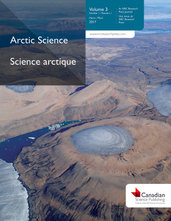 Museum and herbarium collections are important resources, especially for hard-to-reach places such as vast areas of the polar regions, where it’s expensive and difficult to do research. From my personal experience I can say that my PhD research on the evolutionary history of the Antarctic flora wouldn’t have been possible without valuable plant herbarium collections from the Antarctic and elsewhere in the world. Unfortunately museums and herbaria are under pressure almost everywhere due to tight budgets or restrictions for space within institutions (e.g. see an article in Nature describing how North America's herbaria are disappearing at an alarming rate). Published this month in a special volume in Arctic Science, a collection of studies address how museums and herbaria provide an invaluable resource for a vast spectrum of biological and even cultural research. This is particularly true in remote places such as the Arctic, where it’s not easy to cover massive distances to collect fresh data or samples for your science, or where past collections provide an invaluable resource to study changes in biodiversity over time, especially important in the rapidly changing Arctic ecosystem. In many cases such biological studies can also aid climate studies, e.g. by documenting changes in vegetation and thereby greenhouse gas emissions, or by defining likely refugial areas for floral and faunal species during past glacation periods. Future directions and priorities for Arctic bryophyte research As part of the special issue, our review, led by Dr. Lily R. Lewis and Dr. Stefanie M. Ickert-Bond, addressed the importance of herbarium specimens for Arctic bryophyte research and future directions and priorities within this field. Why should we care about Arctic bryophytes, you could ask? Well, bryophytes are the dominating vegetation across vast areas of the Arctic and play an important role in global biogeochemical cycles, particularly carbon storage. In fact, peatlands are estimated to hold about a quarter to a third of all soil organic carbon, especially in the fens, bogs and wetlands of the boreal region. Below are some summary pictures of the paper, in which we highlighted recent advances in knowledge of Arctic bryophyte research (left) as well as a map showing the density of moss collections throughout the Arctic (right), thereby also revealing the large gaps (particularly in Russia and eastern North America) in collection data across the region. Developments in molecular research have only just started to illuminate patterns of moss diversity, phylogeographic history as well as functional questions in the context of ongoing climate change, yet many studies still rely on collection data and herbarium specimens, as well as the expertise of (a decreasing number of) bryophyte taxonomy experts. We conclude by highlighting the need for a coordinated international research effort across the northern countries to address the knowledge gaps of this ecologically important group of organisms in the Arctic. 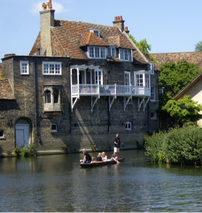 I’m honoured to have been given a Postdoctoral Research Associate position at Darwin College in Cambridge! The position provides an opportunity to become involved with the social and academic community at the college. Other benefits include dining privileges and the use of college facilities (e.g. social, music and sporting facilities, the library and punts/kayaks). Throughout the PhD (while I was at Jesus College) I was always very fond of Darwin College because of its informal atmosphere, international graduate-only student community, its link to the famous biologist and beautiful College gardens. I also like its focus on equality, being the first Cambridge College to admit both men and women. Darwin College was founded in 1964 in Newnham Grange, the family home of Charles Darwin's son and grandson, and is situated next to the river in the centre of Cambridge. One small sweep for a spore …one giant leap for mosskind! Mosses are the dominant flora in Antarctica, yet we know little of when and how they got there. The majority of Antarctica’s moss flora (~45% of species) has a curious ‘bipolar’ distribution pattern - a pattern with species occupying regions in the high latitudes of both hemispheres, with no or very small intermediate populations at higher elevations in tropical regions. This non-continuous distribution pattern has puzzled scientists, including biologists such as Darwin and Wallace, since the 19th century. In this large-scale genetic study we investigated the origin of the curious ‘bipolar’ distribution pattern in several common moss species of the family Polytrichaceae. We found that the driver of these bipolar disjunctions is long-distance dispersal. This could have happened when a spore or other reproductive plant propagule has crossed the equator, either via winds or birds. Nevertheless, we found that such inter-hemispheric dispersals are rare events, occurring on multi-million year timescales, also illustrating the difficulties for plants to make such long journeys. Sampling locations and bipolar distributions (shown in green) of the different moss study species.
No 'stepping stone' dispersal across the equator Polytrichum juniperinum also has some small populations in mountainous regions of northern South America, which could have acted as cold habitat “stepping-stones” to get from one hemisphere to the other across the equator. However, the study found this was not the case, and that these populations were in fact derived from a separate dispersal event from the south. Persistence in Southern Hemisphere glaciated regions The study also found that all mosses had been present in the far south (Antarctic or southern South America) well before the Last Glacial Maximum and previous glaciations. These regions are thought to have experienced extensive glaciations throughout these glacial cycles, complicating survival for these plants. The findings of this study suggest that plants must have been present here, despite the harsh conditions throughout these glacial periods. Polytrichaceae mosses in the Scottish countryside - these mosses occur across the temperate regions of the Northern Hemisphere, but are also present in the outer ends of the Southern Hemisphere. Photos by Peter Convey
At this year's SCAR Biology conference I was given the honour of opening the conference with a public lecture, held in the beautiful Promotion Hall in the University Halls of Leuven. I provided a general introduction to terrestrial life in the Antarctic: what types of life you can find in the Antarctic, the various habitable habitats, life's evolutionary history and special adaptations to the harsh Antarctic environment.
The presentation was followed by a preview of a beautiful documentary about the biodiversity of the deep-sea around the Antarctic with Anton Van de Putte (Royal Belgian Institute of Natural Sciences and KU Leuven, Belgium) and Maggie Amsler (University of Alabama, Birmingham, USA).
First blog post, and immediately quite a significant one: I passed my PhD viva yesterday! I had a great day, and want to thank my examiners for the interesting discussions during the viva, I really enjoyed it!
Thanks everyone for the lovely day and celebrations in the office + pub!! :) Now preparing for fieldwork in Greenland in four days...! |
Hi! I am Elise Biersma, an evolutionary biologist studying polar plants and microbes.Archives
January 2021
Categories |
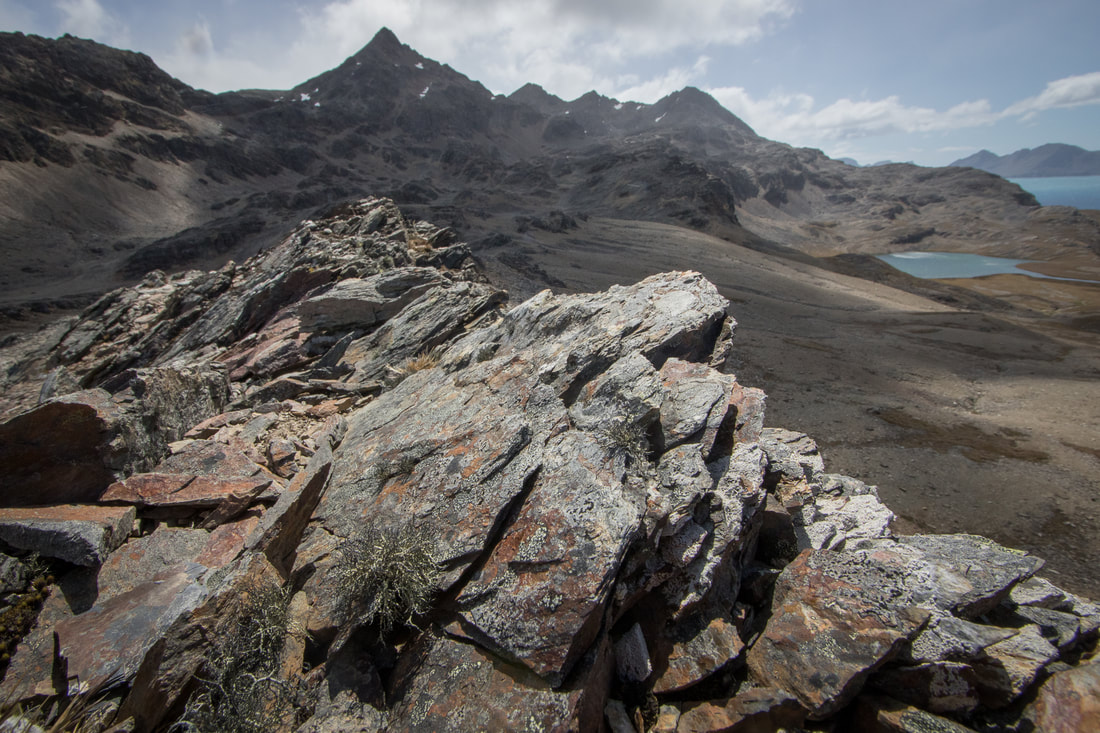
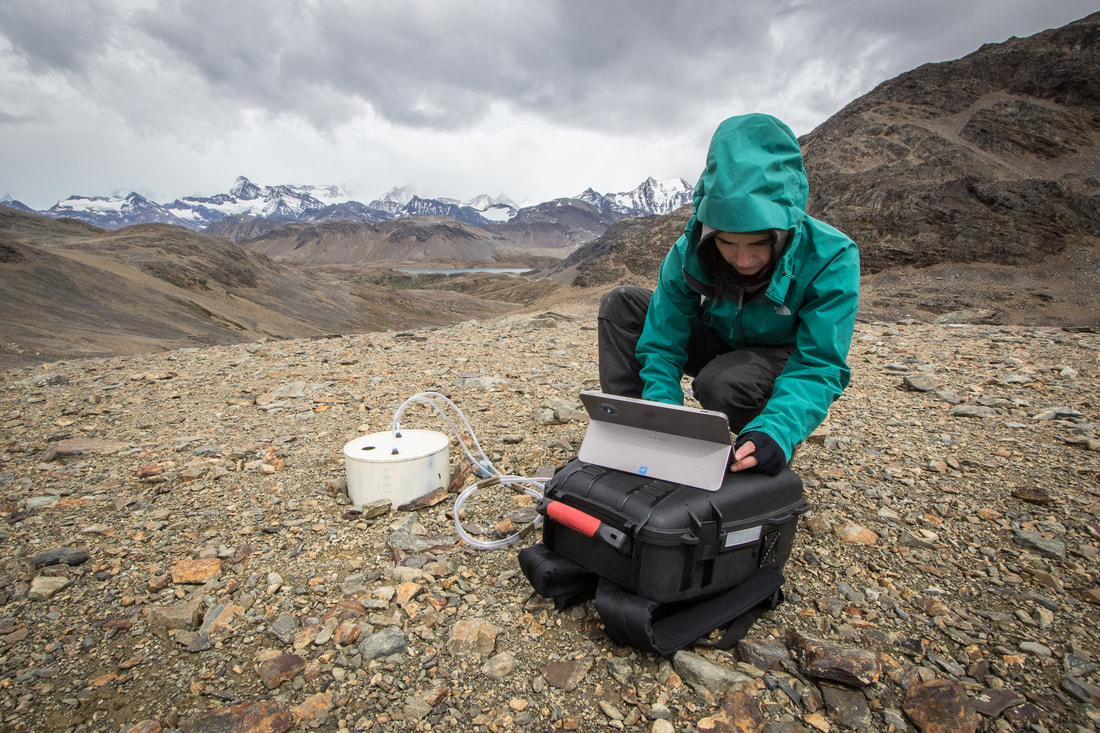



















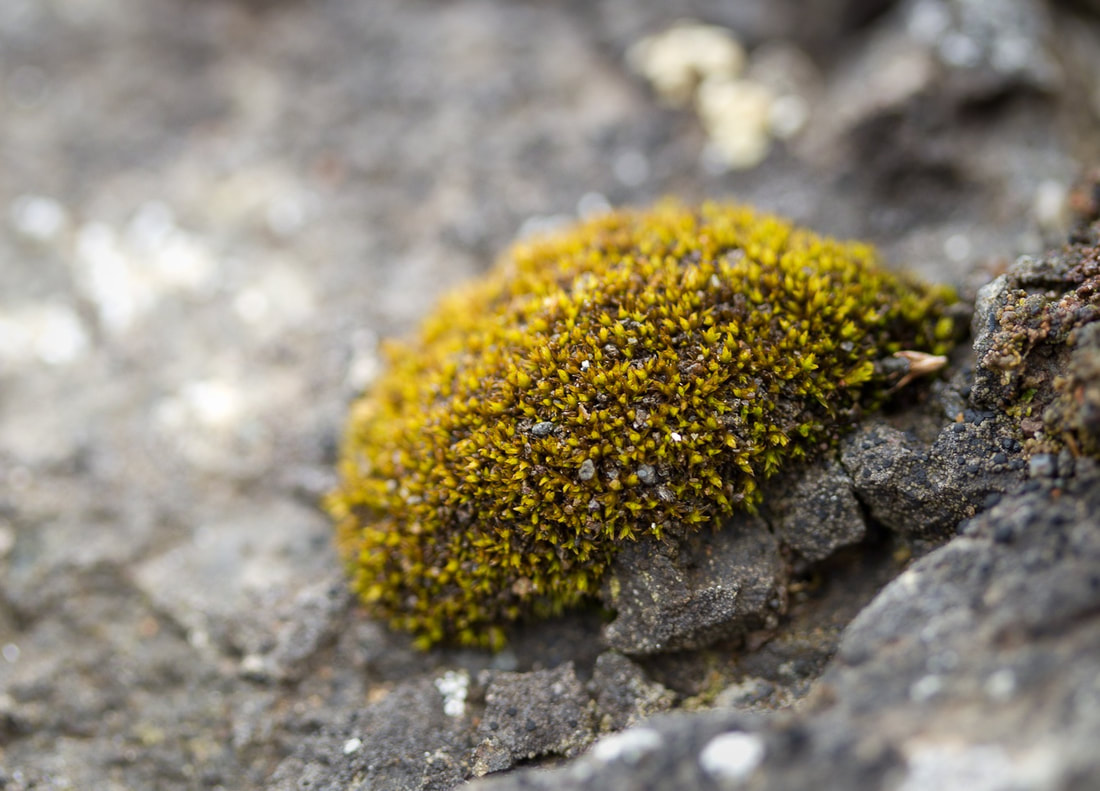
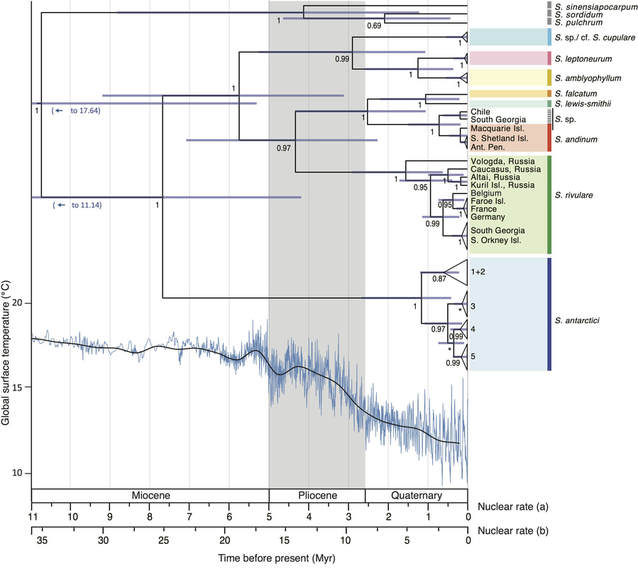

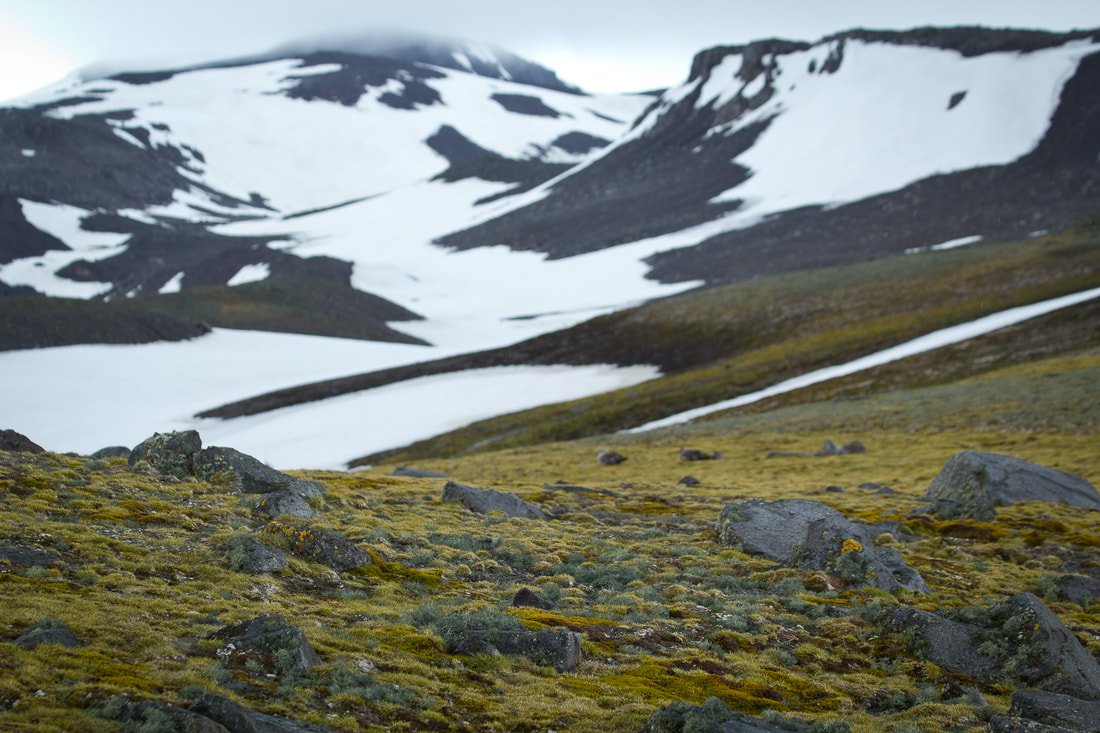
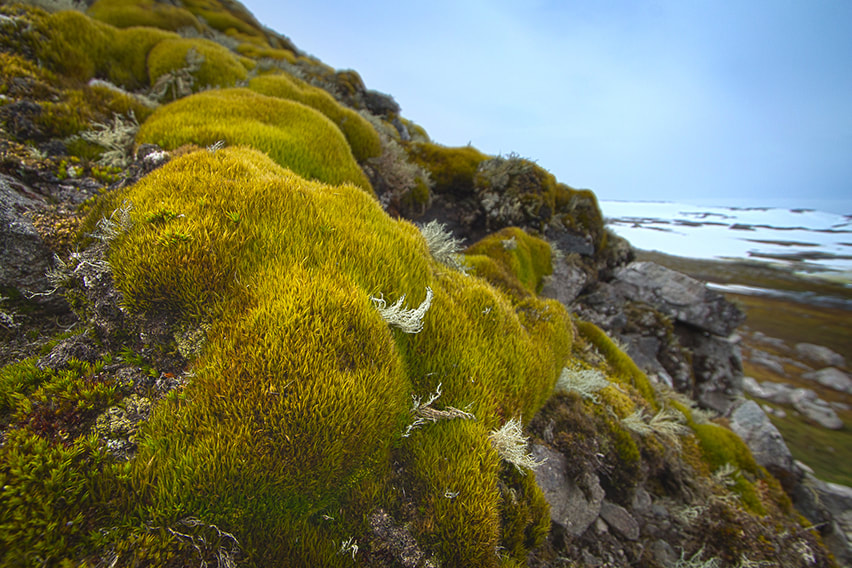
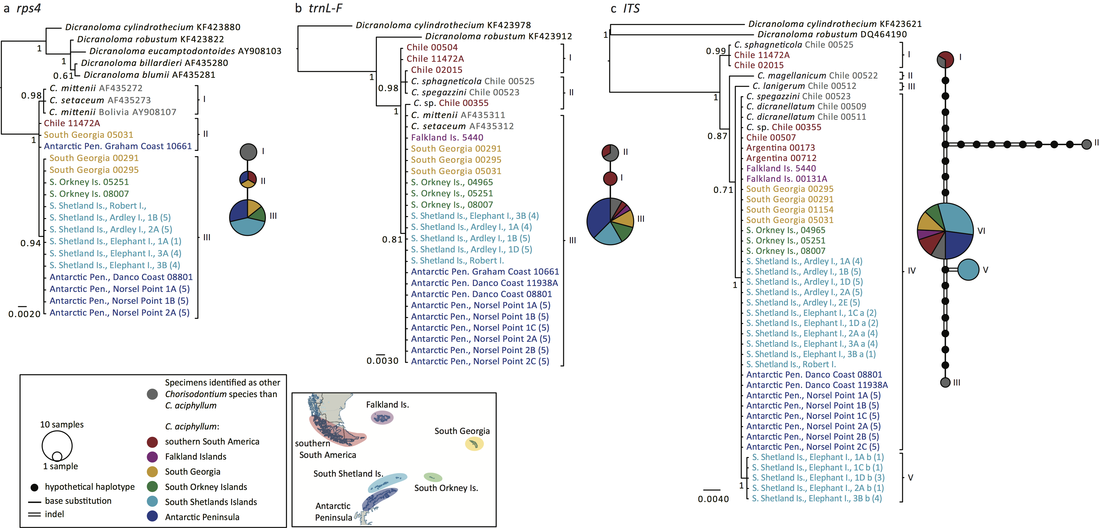
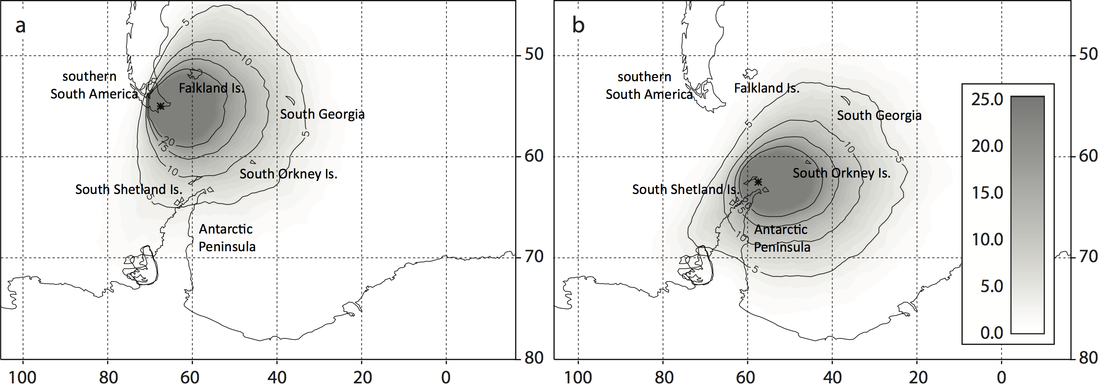


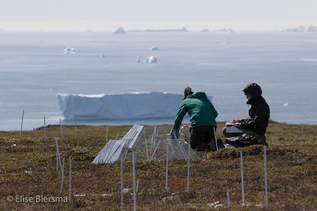
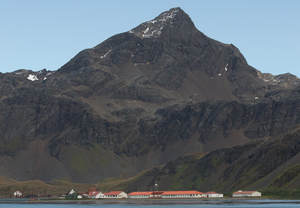
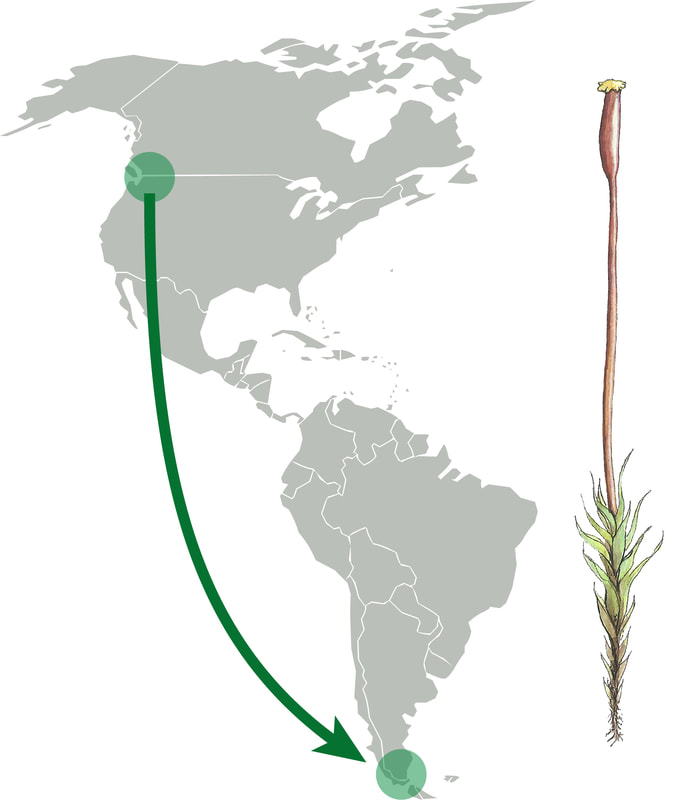
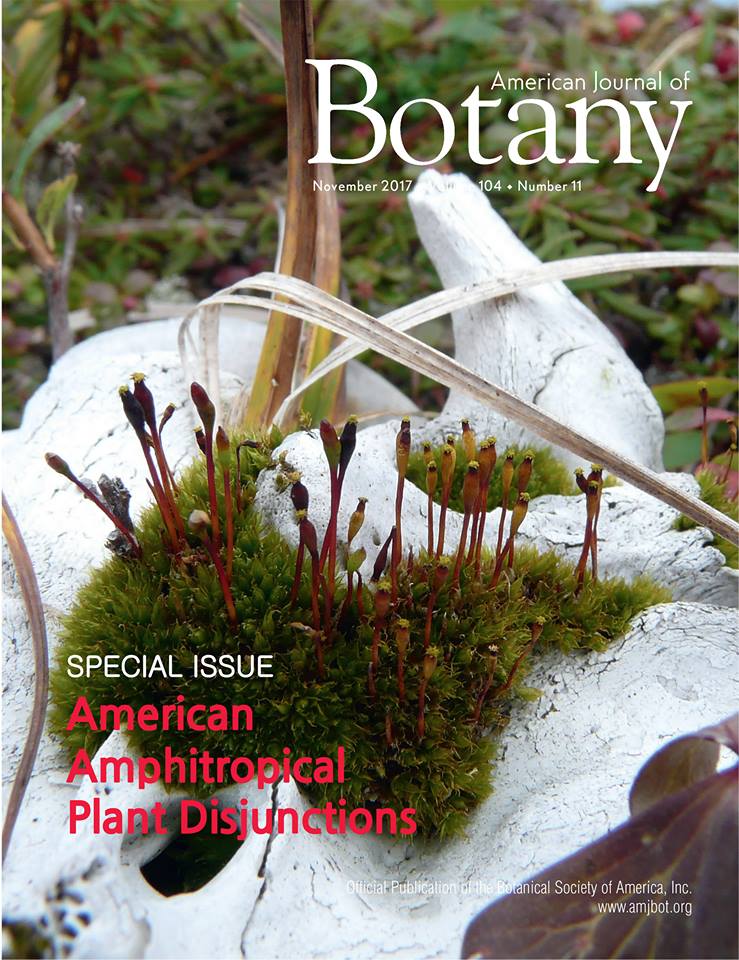


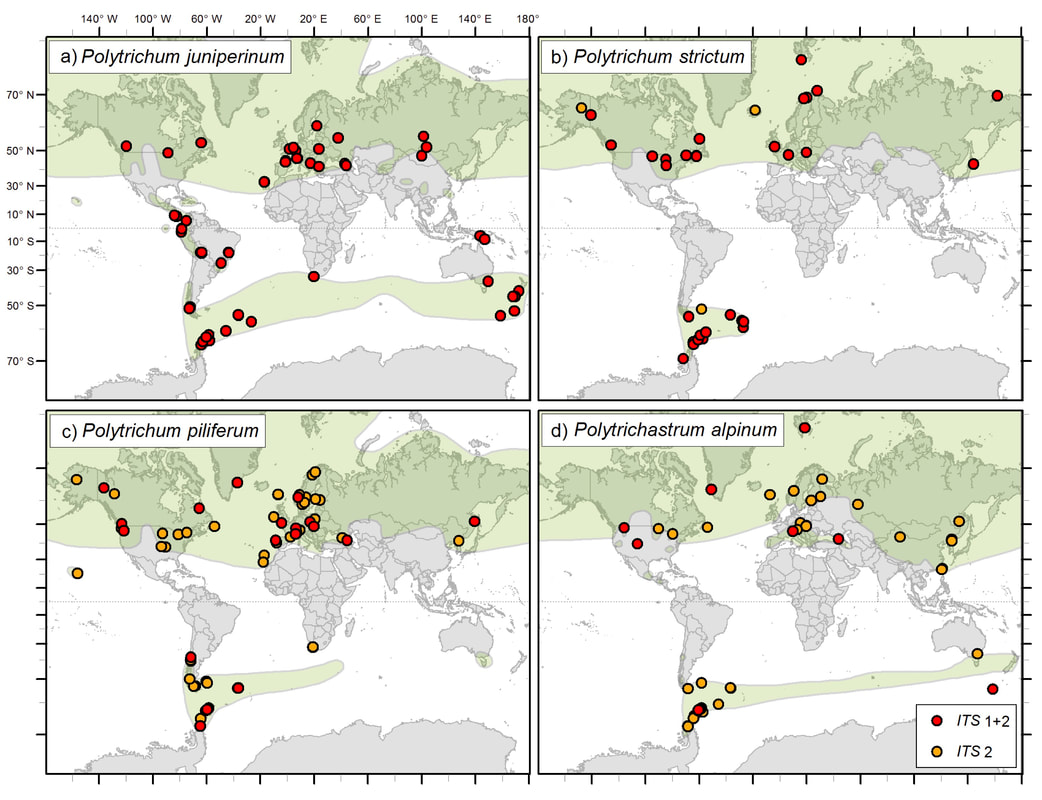

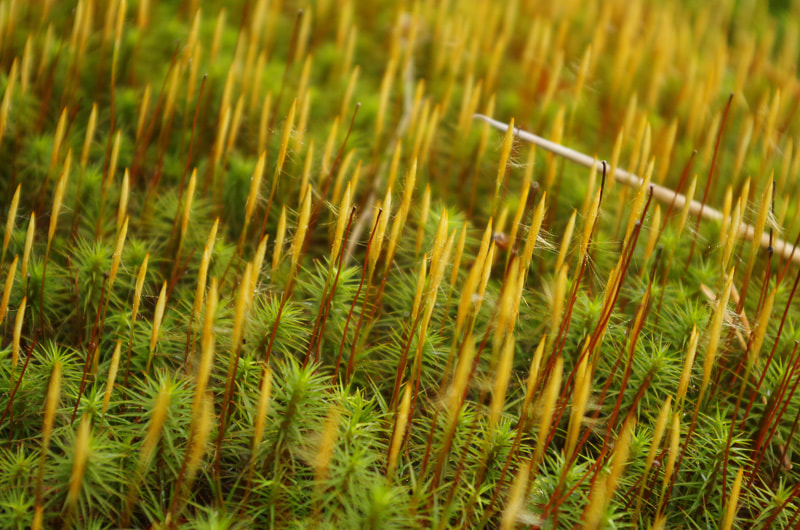
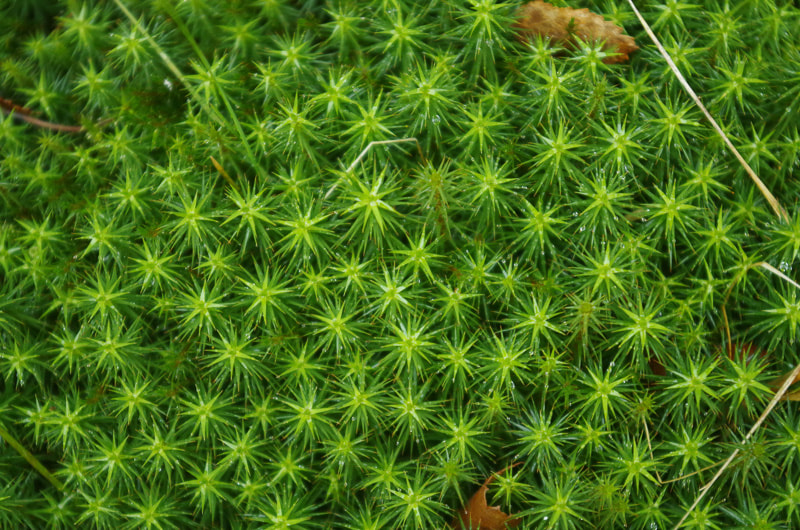

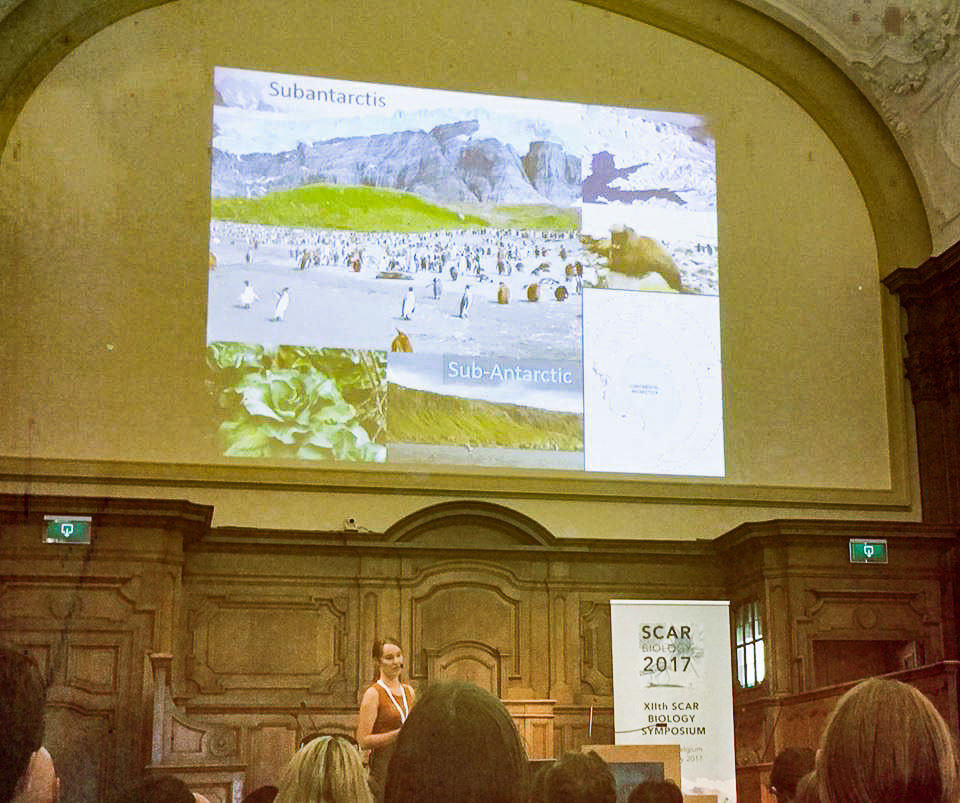
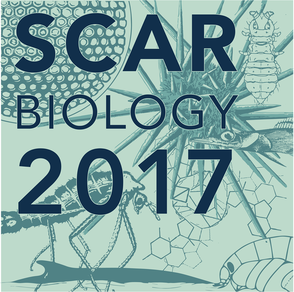
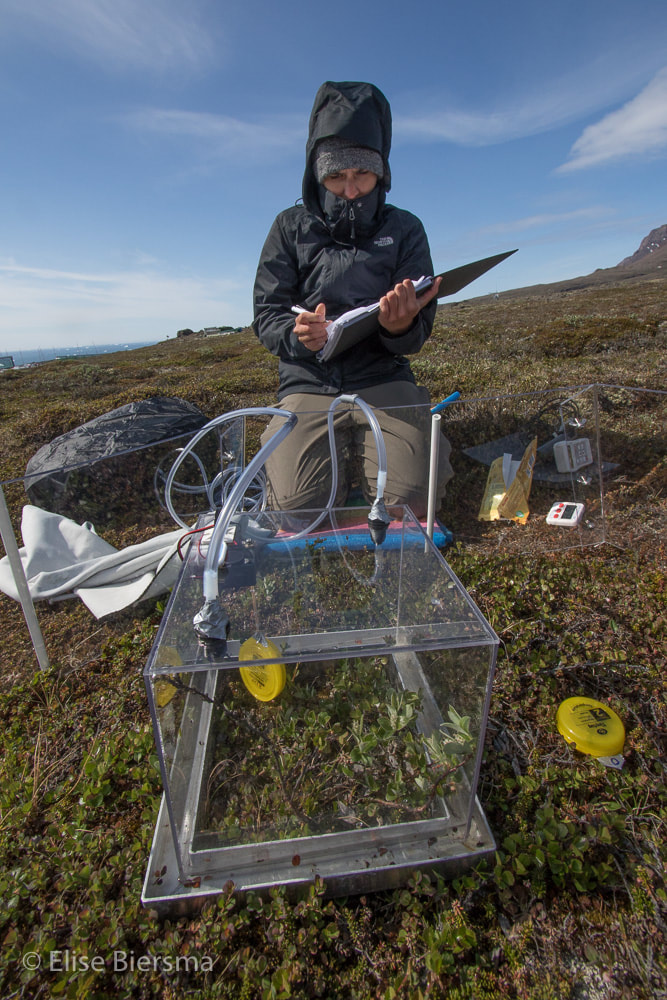






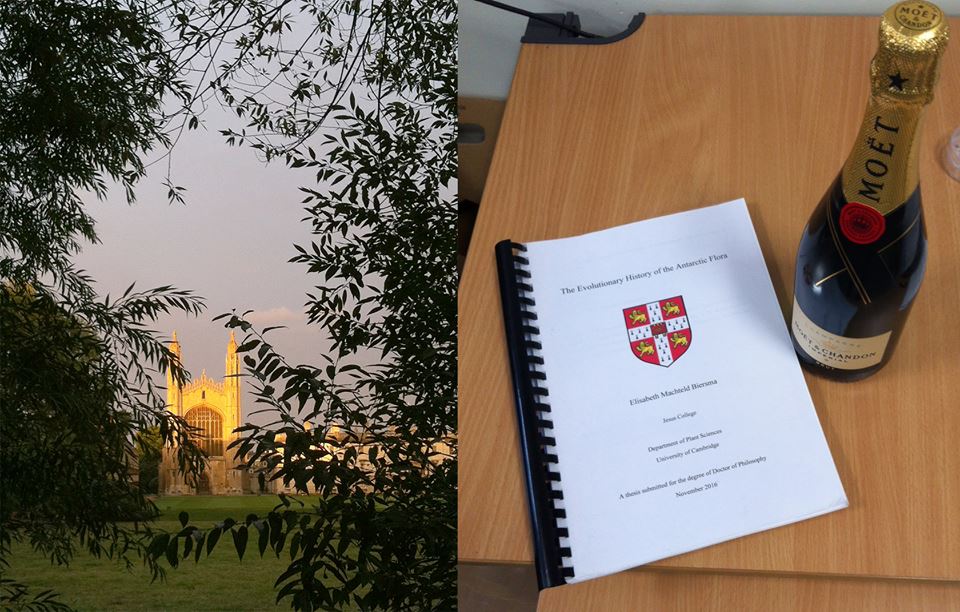
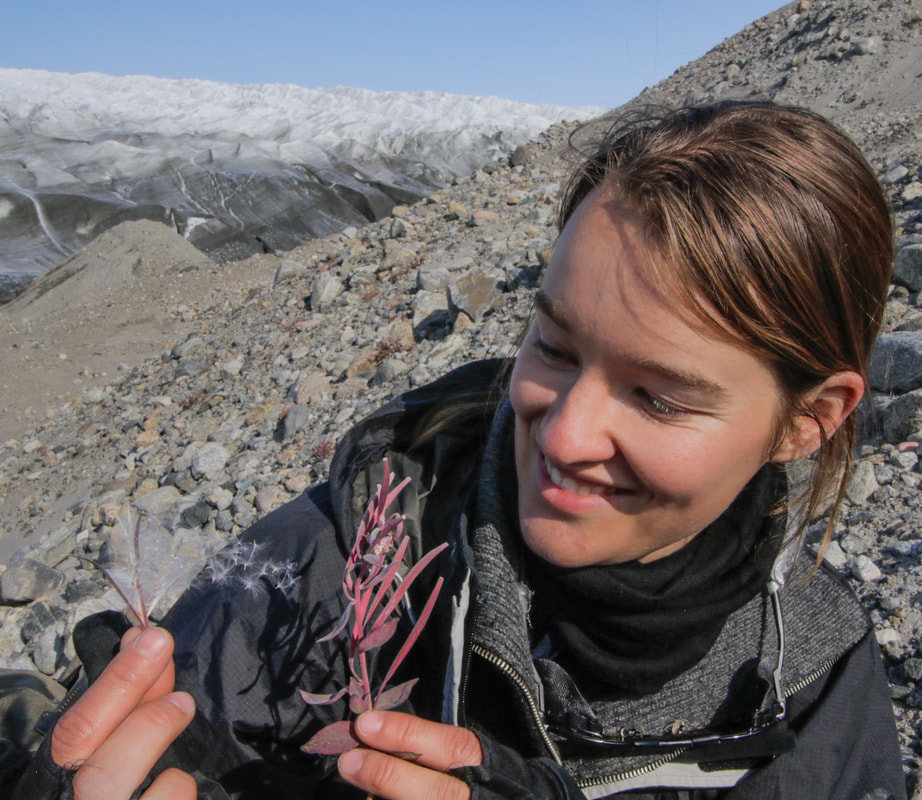
 RSS Feed
RSS Feed